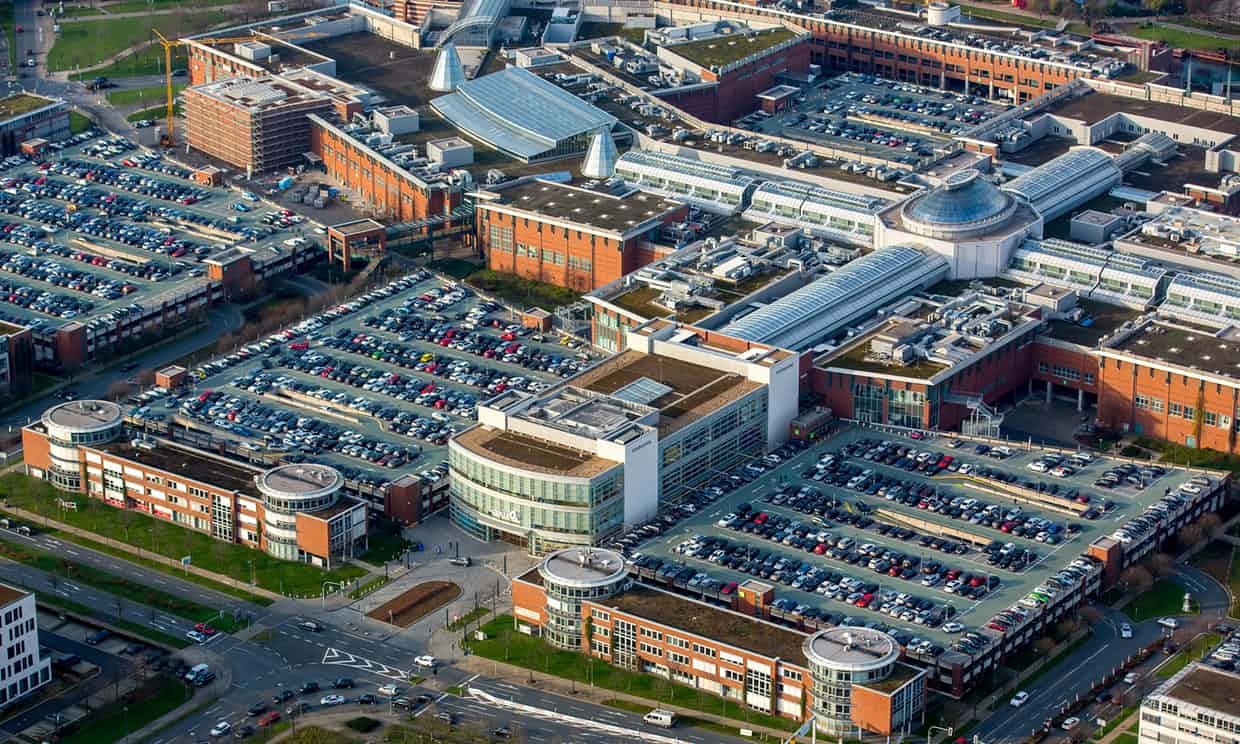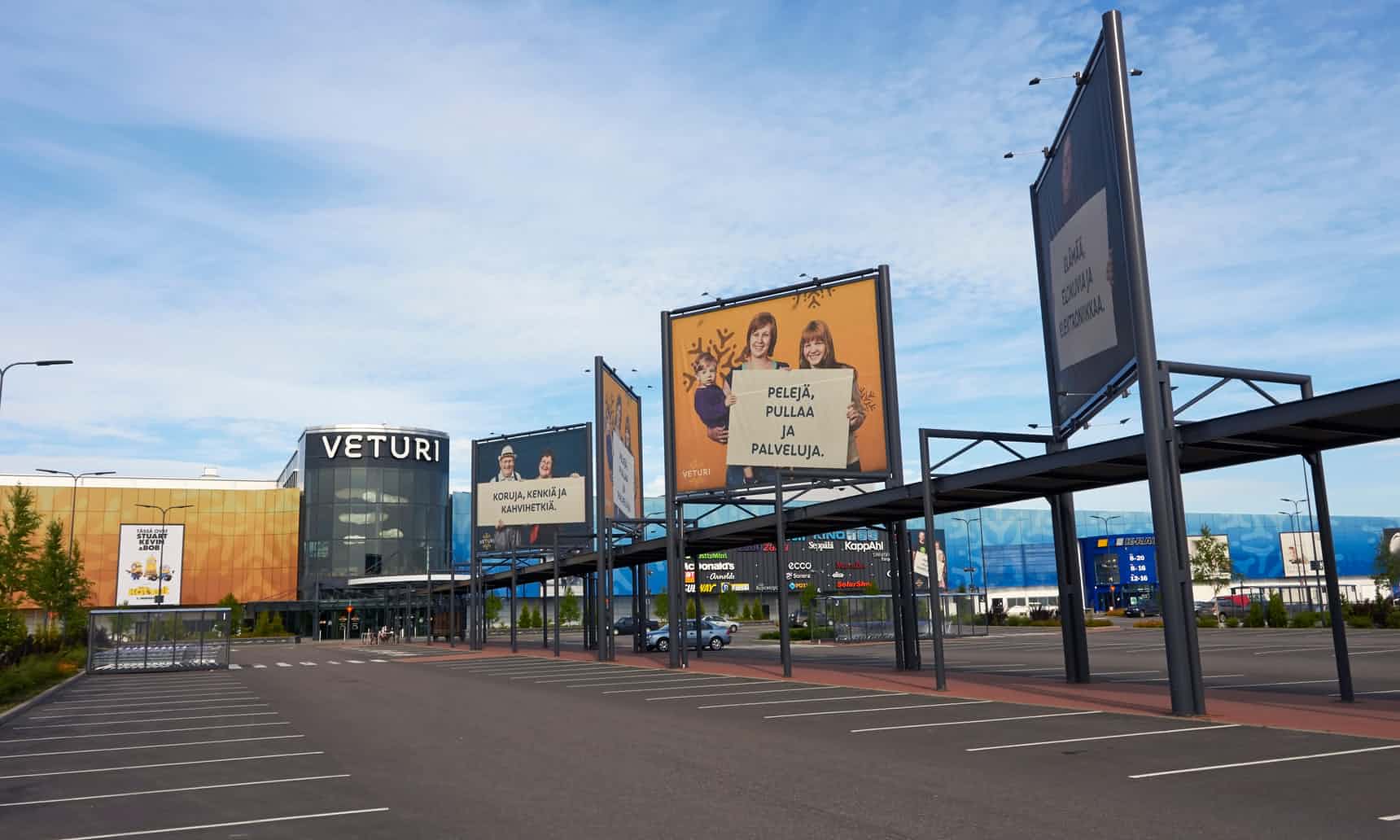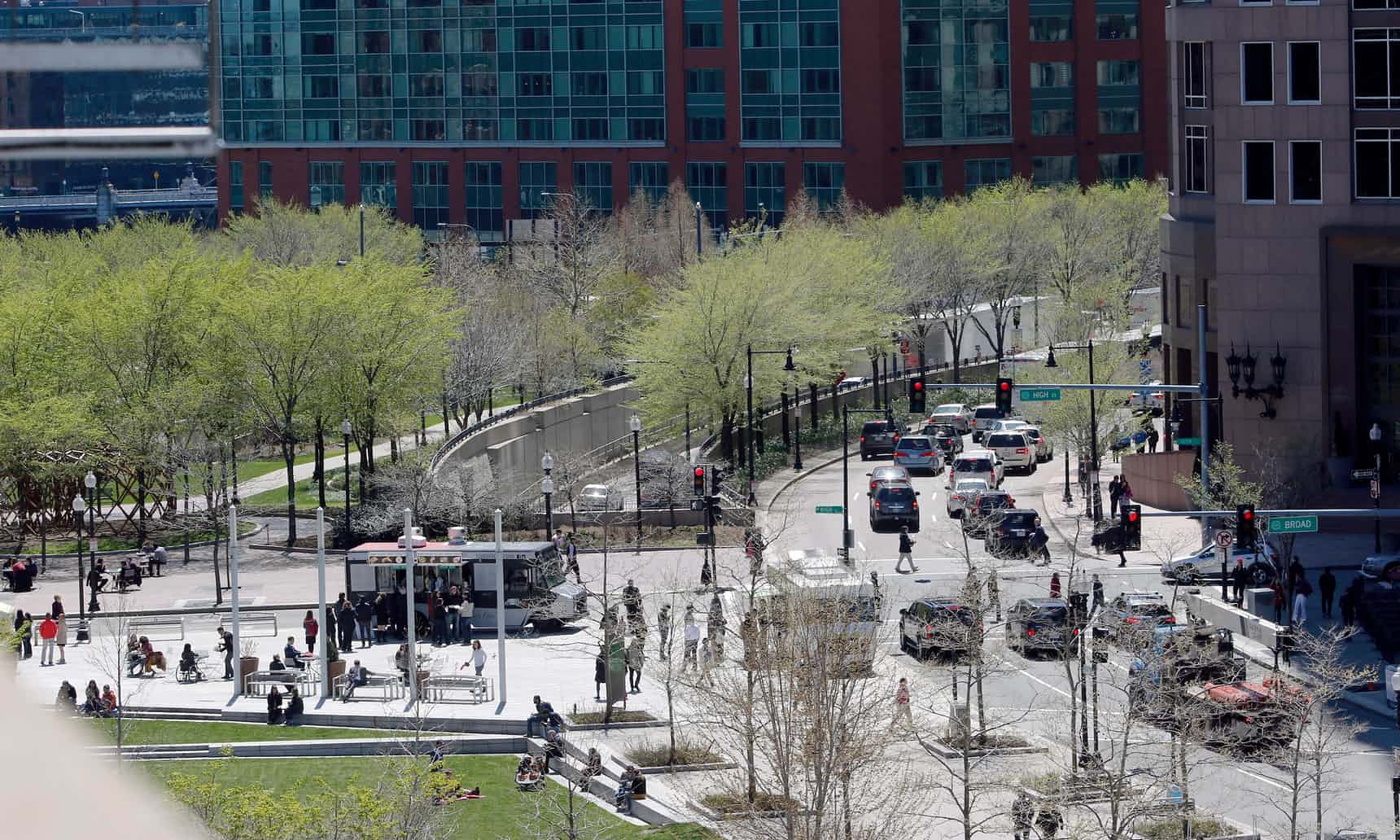Why don’t cities learn from the mistakes others have made? We list the terrible ideas that keep being recycled.
Making mistakes is an important part of life. It’s an opportunity for growth and a lesson to others. Unless, of course, you’re a city. Too often, cities think they’re unique and repeat the blunders that others have made before them. Here are three of the worst ideas that keep getting recycled; let us know about others in the comments below.
Build a big mall to ‘revitalise’ the city
The gigantic out-of-town complex Centro was the centrepiece of Oberhausen’s efforts to halt economic decline and turn the German city toward post-industrial success.

With glitzy shopping, entertainment venues and cultural offerings in repurposed factory buildings, Centro did indeed have a transformative impact – but not in the way the city imagined. As much of the retail and service activity in the city gravitated to the new mall, many mom-and-pop businesses downtown couldn’t stay afloat. The once-vibrant streets of the city centre were gradually taken over by discount stores, empty shop fronts and visible decay.
Devastated by the loss, Oberhausen is now focused on revitalising the downtown area – in short, recovering from its main recovery project.
From our partners:
Nor is Oberhausen alone. Many cities have welcomed remote shopping centres in the hope of making economic gains, only to face unintended consequences. So you’d guess new cities would have learned from these mistakes.

Guess again. In Finland, the city of Kouvola believed a big shopping mall on the edge of town was just the strategic intervention needed to reinvent a declining economy. Since the mall opened in 2012, Kouvola has been best-known for its dying city centre and the desperate efforts to resuscitate it. And the city of Seinäjoki has enthusiastically approved a new peripheral shopping paradise, arguing that the mall will boost Seinäjoki’s attractiveness as a regional shopping destination, and in some magical way also support the city’s strategy to strengthen its downtown.
No guesses as to what will happen next.
‘Bury’ cars to improve the downtown core
The “Five Star” development strategy of the city of Tampere involves adding new housing and jobs, a new tram system, and prioritising pedestrians and cyclists. In order to achieve this deluxe downtown experience, the city is building underground parking facilities and a tunnel to clear the roads of cars. A clear and effective concept, one might think.
But congestion in the city wasn’t even an issue before the city completed two costly Five Star projects: a 1,000-space parking garage, and a tunneled highway section. The effect has been to increase the number of cars the city centre can accommodate – and the number of cars has duly increased.

So how is Tampere responding? It is proposing to build an additional entry from the tunnel to the city centre – increasing capacity yet further – and planning yet another colossal parking garage. Meanwhile, improvements for pedestrians and cyclists have been minimal. The most remarkable result of the project, many locals now believe, will be its astonishing price tag.
The city would have done well to look across the Atlantic for lessons. In the late 1980s, Boston took a leap of faith to see whether burying cars underground could be the magic bullet that could both alleviate congestion and increase downtown walkability. The so-called Big Dig project ambitiously set to divert a downtown expressway into a tunnel, to offer new transit options, and to refurbish the expressway corridor with parks and plazas.
What happened? The project was finished a decade later than planned, the construction costs bloated to $15bn, the transit plans were forgotten – and Bostonians today spend more time in traffic than ever.
Build a highway on the waterfront
As Jacques Cousteau once wrote: “The Sea, once it casts its spell, holds one in its net of wonder forever.” As “placemaking” has become a key element of the urban economy, some intelligently planned cities have embraced their blue gold. In Oslo, for example, the “Fjord City” strategy has seen the redevelopment of a once-industrial shoreline into vibrant neighbourhoods packed with apartments, jobs, shops, and restaurants. Famed for its opera house, Oslo’s waterfront has helped the city to evolve into one of the most competitive in Europe.
Other cities prefer to completely ignore these successes and instead repeat the mistakes of the past. In 2015, despite lengthy community campaigns for tearing it down and plans for high-quality waterfront urbanist interventions, Toronto decided to keep the Gardiner Expressway in place, cutting the city’s waterfront off from the rest of its downtown.
Other cities swim even harder against the current. The Estonian capital of Tallinn has decided to invest in a brand-new downtown highway, in order to grant easier harbor access to trucks. In the process, it will pave over one of the city’s only seaside parks. As a kind of absurd flourish, the city has promised to build a shiny promenade and public space in the only narrow stretch of land that now remains between the sea and multiple lanes of traffic.
This feature is written by Timo Hämäläinen & originally appeared in The Guardian.















